Civil War Rugs
|
A form of steganography was used prior to the Civil War to help slaves escape to freedom. In their book Hidden in Plain View: A Secret Story of Quilts and the Underground Railroad, Tobin et al. tell about a code that has been passed down through the generations.
In the 1800s, the Underground Railroad was one of the main escape routes used by slaves. Quilts, which were hung outside to dry, became an ideal way to display information inconspicuously. The quilts would have special patterns sewn into them, which would convey messages to prepare or provide direction to escaping slaves who knew what to look for.
In this excerpt from Hidden in Plain View, you will see an example of this quilt coding. A code that has been used and passed down through the years goes like this:
The monkey wrench turns the wagon wheel toward Canada on the bear paw trail to the crossroads. Once they got to the crossroads they dug a log cabin on the ground. Shoofly told them to dress up, put on cotton and satin bow ties. Go to the cathedral church, get married, and exchange double wedding rings. Flying geese that stay on the drunkard's path and follow the stars.
Monkey wrench: This block told the slaves to gather their tools and belongings, and get mentally and physically ready for the journey ahead (Figure 3.3).

Figure 3.3Wagon wheel: This block was a symbol to begin the journey. Many of the slaves would hide in the bottom of wagons under straw or produce. Some wagons had false bottoms for concealing stowaways (Figure 3.4).

Figure 3.4Bear paw: This block told slaves to follow bear tracks over the mountain. Bears know the best way to get across a mountain, so following their tracks would lead the slaves safely through the passage (Figure 3.5).
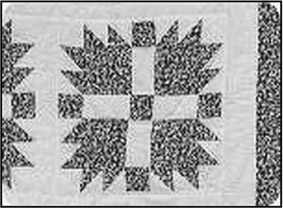
Figure 3.5Crossroads: This block symbolized the halfway point of the journey (Figure 3.6).

Figure 3.6Log cabin: This block has a bit of story behind it. It was African tradition that when you passed a stranger you would take a stick and inscribe a symbol of your tribe in the dirt to let the other person know who you were. It acted as a greeting. So to "dig a log cabin on the ground" was a symbol used to communicate with other slaves (Figure 3.7).
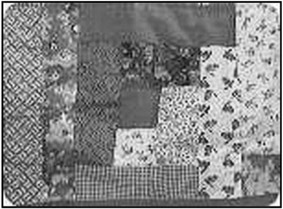
Figure 3.7Bow ties: This block told escaping slaves that it was time for them to shed their old clothes and dress up to better fit into the climate of the city (Figure 3.8).

Figure 3.8Double wedding rings: This block did not exist until after the Civil War, but the Double Irish Chain quilt did. It symbolized to the slaves the chains that bound them to slavery (Figure 3.9).

Figure 3.9Flying geese: This block symbolized that it was time to head north. Many slaves, while working or traveling outside, would watch for flocks of geese. They knew when the geese were flying north it was time to follow them (Figure 3.10).
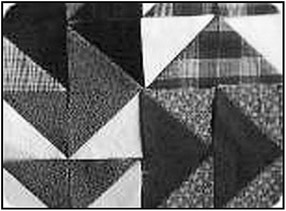
Figure 3.10Drunkard's path: This block told the slaves not to travel in a straight line because it would be easy for the bounty hunters to find them. Also, in African culture, evil travels in a straight line (Figure 3.11).
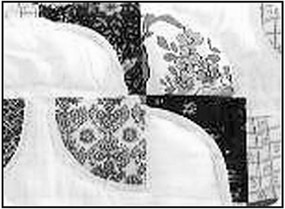
Figure 3.11Stars: This block symbolized the direction of freedom (Figure 3.12).
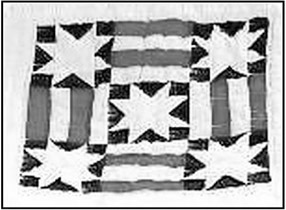
Figure 3.12
|
EAN: 2147483647
Pages: 220